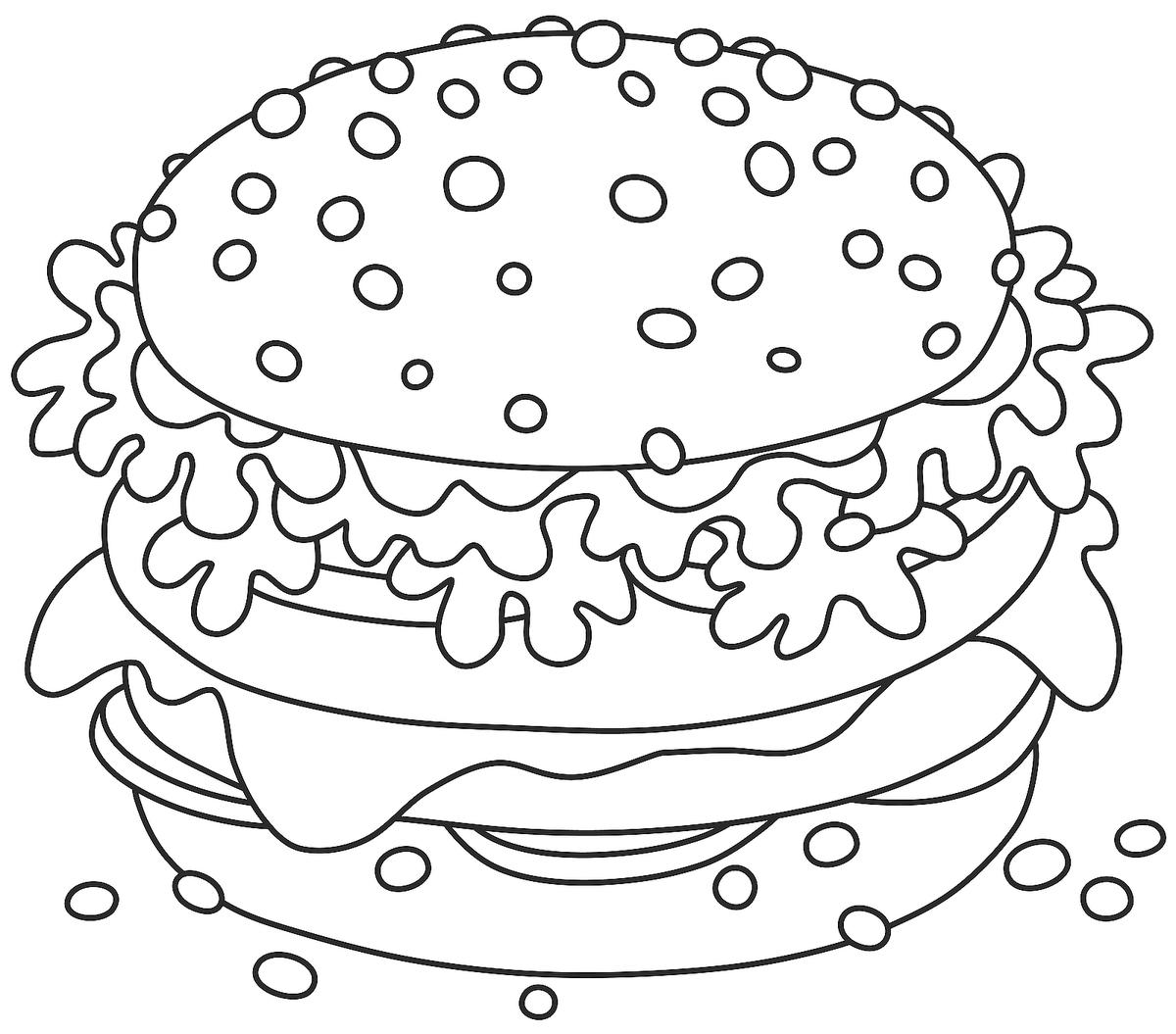As a parent, I was shocked to discover the vibrant hues of my child’s favourite candies, drinks, and processed foods were derived from artificial food colouring. Determined to safeguard her health, I embarked on a mission to eliminate these synthetic additives.

Image: www.pinterest.com
Food colouring, or colouring agents, are dyes or pigments used to enhance the visual appeal of food products. While some natural food colourings are harmless, artificial ones, often derived from petroleum or coal tar, may pose potential health concerns. They have been linked to hyperactivity in children, allergies, and even cancer.
Understanding Food Colouring
Definition and History
Food colouring is a substance that imparts colour to food. Natural food colourings are extracted from plants, animals, or minerals, while artificial food colourings are synthetically produced chemicals. The use of food colouring dates back centuries, with ancient civilizations utilizing natural dyes from plants or berries.
Types of Food Colouring
There are two main types of food colouring: natural and artificial. Natural food colourings are derived from natural sources, such as turmeric (yellow), beetroot (red), and spinach (green).
Artificial food colourings are synthetic chemicals that are not found in nature. Some common artificial food colourings include Red 40, Yellow 5, and Blue 1. Artificial food colourings are often used to create brighter and more vibrant colours than natural food colourings.

Image: perfil-elcruce.com
Health Impacts of Food Colouring
Artificial food colourings have been linked to several negative health effects, including:
– Hyperactivity and behavioural problems in children
– Allergies and skin rashes
– Cancer
Cancer and Food Colouring
The International Agency for Research on Cancer (IARC) has classified some artificial food colourings as possible carcinogens. These colourings include:
– Red 3
– Red 40
– Yellow 6
– Yellow 5
– Blue 1
– Blue 2
Tips for Getting Rid of Food Colouring
Choose Natural Foods
The best way to avoid food colouring is to choose natural foods. Natural foods do not contain artificial ingredients, including food colouring.
Read Food Labels
When shopping for food, be sure to read the food labels carefully. Food labels will list all of the ingredients in the food, including any food colourings. If you see any artificial food colourings on the label, you may want to avoid that food.
Make Your Own Food
One of the best ways to avoid food colouring is to make your own food. When you make your own food, you can control the ingredients, including the food colouring. You can use natural food colourings, such as turmeric, beetroot, or spinach, to add colour to your food.
Expert Advice on Food Colouring
“Artificial food colourings are unnecessary and potentially harmful. I recommend avoiding them whenever possible,” says Dr. Mark Hyman, MD, a leading functional medicine doctor.
“If you’re concerned about the health effects of food colouring, the best thing to do is to avoid it,” says Dr. Andrew Weil, MD, a world-renowned expert in integrative medicine.
FAQs on Food Colouring
Q: What is the difference between natural and artificial food colouring?
A: Natural food colourings are derived from natural sources, such as plants, animals, or minerals, while artificial food colourings are synthetically produced chemicals.
Q: Are all artificial food colourings harmful?
A: No, not all artificial food colourings are harmful. However, some artificial food colourings have been linked to negative health effects, such as hyperactivity and behavioral problems in children, allergies and skin rashes, and cancer.
Q: What are some natural food colourings?
A: Some natural food colourings include:
– Turmeric (yellow)
– Beetroot (red)
– Spinach (green)
– Paprika (orange)
– Blueberry (blue)
How To Get Rid Of Food Colouring
https://youtube.com/watch?v=yq9DQ-xTau0
Food colouring can add vibrant colour to food, but it’s important to be aware of the potential health risks associated with artificial food colourings. By choosing natural foods, reading food labels, and making your own food, you can avoid food colouring and protect your health.
Are you interested in learning more about food colouring and its health effects? Leave a comment below and let me know what you think.







